#Haudenosaunee
Text
A Swiss museum has returned two sacred artifacts to the Haudenosaunee (Iroquois) confederacy.
The objects — a medicine mask and turtle rattle — had been in the possession of the Geneva Museum of Ethnography (MEG) for nearly 200 years.
Mohawk elder and activist Kenneth Deer was one of three men sent to retrieve the objects.
He says he was "surprised and thankful" for the museum's co-operation and called the MEG "progressive" for returning the objects without conditions or complications.
The museum held a ceremony in Geneva on Feb. 7 to mark the first time that the MEG returned a sacred object to its rightful owners. [...]
Continue Reading.
Tagging: @politicsofcanada
2K notes
·
View notes
Text
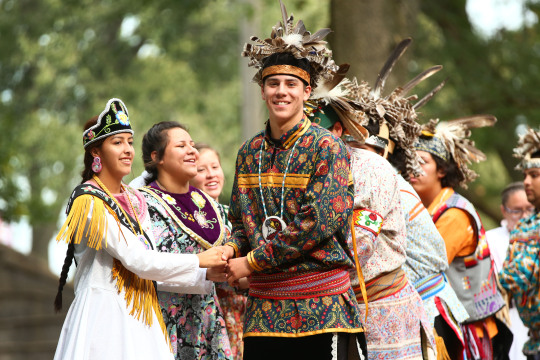
Onondaga Haudenosaunee (Iroquois) people, United States of America, by New York State Fair
#onondaga#haudenosaunee#united states of america#america#folk clothing#traditional clothing#traditional fashion#cultural clothing#tradition
1K notes
·
View notes
Text

Need to bring me home a nice ukwehú:we man like him, He's just so baby girl 😩
78 notes
·
View notes
Text
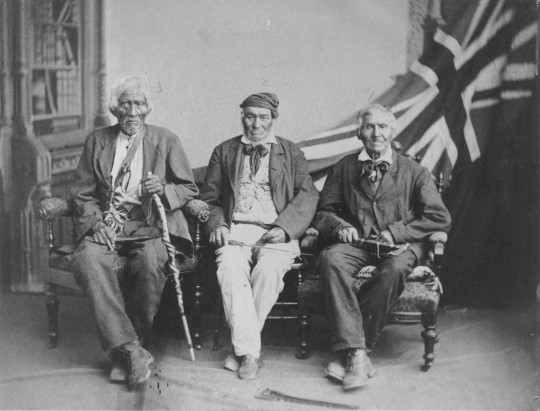
An 1882 portrait of the last surviving Six Nations Reserve veterans of the War of 1812.
From right to left: Sakawaraton, also known as John Smoke Johnson (Mohawk/Kanienʼkehá꞉ka born ca. 1792); John Tutela (Cayuga nation born ca. 1797) and Young Warner (born ca. 1794).
#war of 1812#indigenous#canadian history#six nations#haudenosaunee#military history#i couldn't find more specific information about young warner#who would have been pretty young in 1812
145 notes
·
View notes
Text


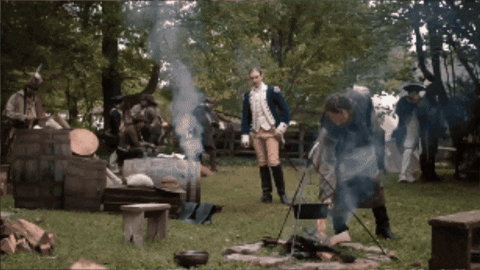

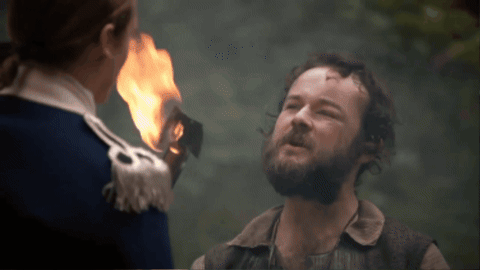

Han Yerry Doxtader / Tewahangarahken in TURИ
Sachem of Oriska, He Who Takes Up the Snow Shoe, War Chief of the Oneida
#“It's better when it's made of metal!”#Han Yerry Doxtader#Han Yerry#Tewahangarahken#turn amc#gifs#my gifs#gifset#benjamin tallmadge#caleb brewster#oneida#haudenosaunee#we love representation in media#and its GOOD representation!#period drama#turn: washington's spies
28 notes
·
View notes
Text
Secret Origins of the Mohawk Folklore of Kahhori in Marvel Comics!
Strange Tales (vol. 3) #1 (1994) shows the mythological origin of the world as told by the Keewazi Tribe of Oklahoma. It describes how Manitou, the Great Spirit, emerged from the Sky World known as Giizhigong and created light. But when this light created an evil shadow of Manitou known as KhLΘG that sought to undo everything Manitou had created, it was banished.
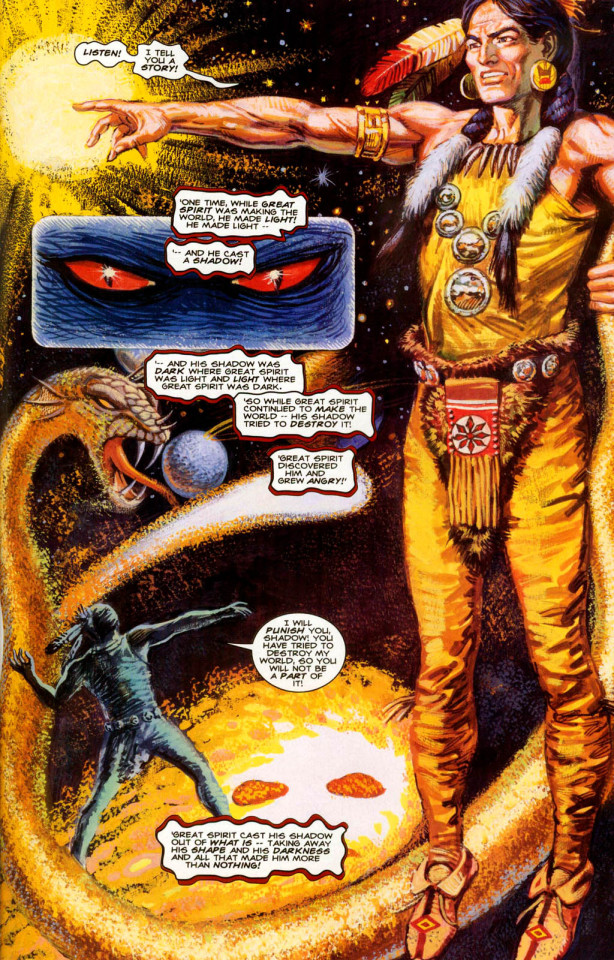
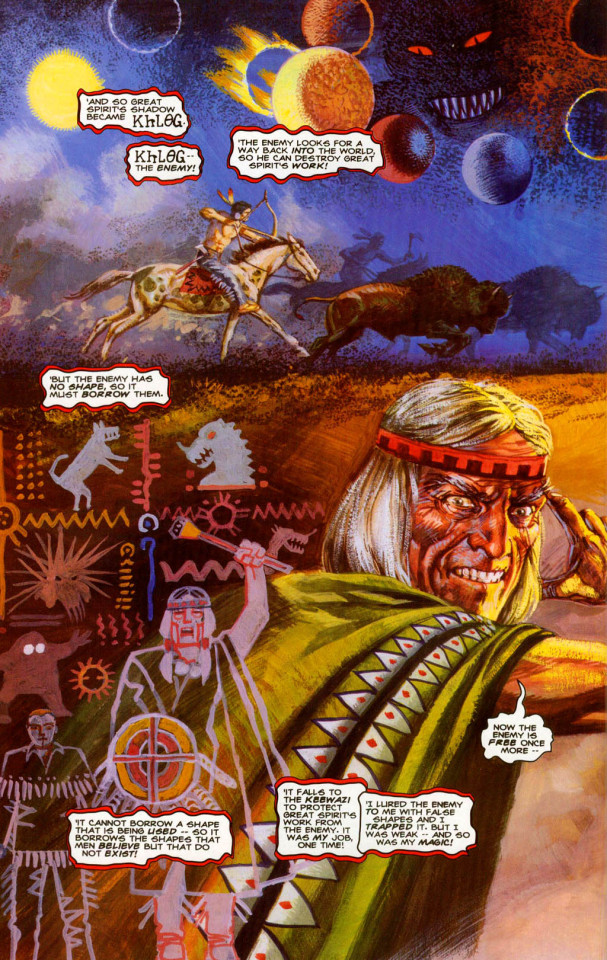
In Doctor Strange, Sorcerer Supreme #25 (1990), the Native American mischief spirit Nanabozho gathered a coalition of indigenous gods intent on punishing Europeans for their treatment of the native population and desecration of the sacred land that jeopardized the stability of Orenda, the spiritual energy which existed within the inhabitants and environment of Giizhigong. When the hunting spirit Owayodata and his mortal champion Red Wolf refused to help, Nanabozho took them to Giizhigong for punishment, where they were rescued by Dr. Strange.

Thor & Hercules: Encyclopaedia Mythologica #1 (2009) explained that the Sky World of Giizhigong was connected to the Earth realm via interdimensional portals hidden across the North American continent, and that the Manidoog (the god-like spirits revered by the indigenous population) utilized the mystical energy of Giizhigong known as Orenda to perform a variety of superhuman feats!
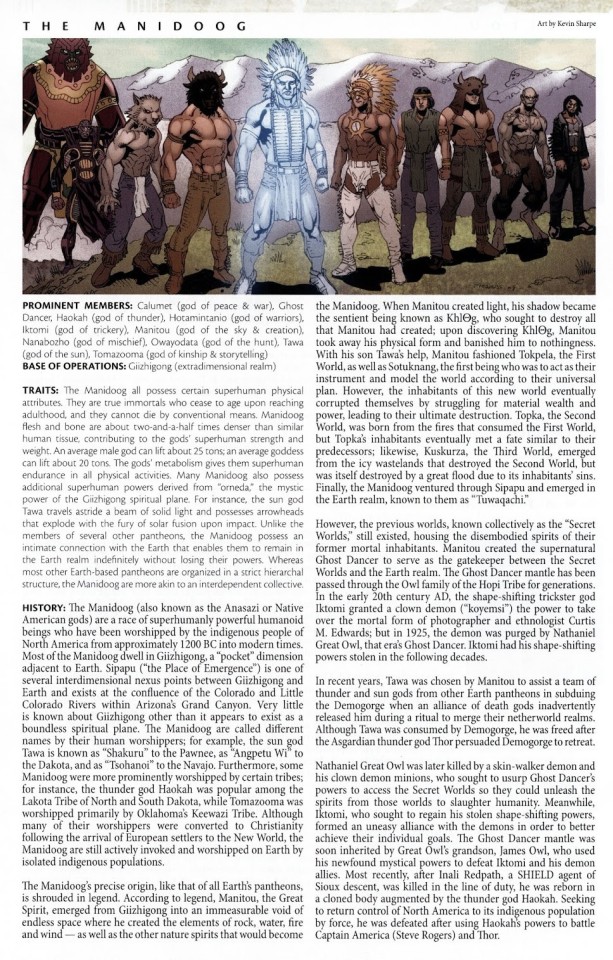

Marvel Studios' "What If?..." Season 2, Episode 6, "What If Kahhori Reshaped the World?" (2023) explored an alternate reality where the Tesseract housing the Space Stone arrived on Earth in the 16th century and enchanted a lake in Haudenosaunee Territory. A young Mohawk woman named Kahhori falls into the lake and finds herself transported to Sky World, a heavenly realm much like Giizhigong where the inhabitants appear to use a mystical power in the environment similar to Orenda to perform superhuman feats like super speed, element manipulation, and energy projection!

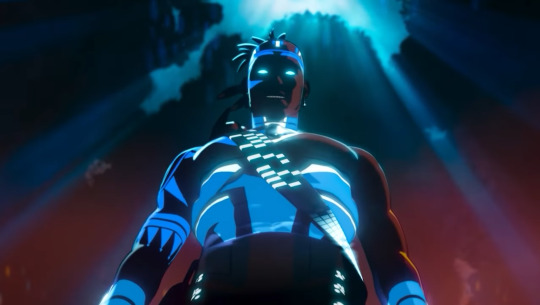

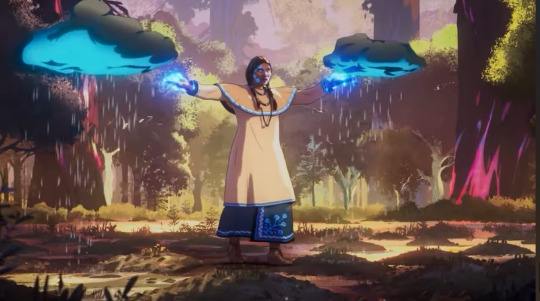
#kahhori#what if#marvel what if#what if season 2#what if spoilers#mohawk#haudenosaunee#marvel#marvel comics#comics#marvel cinematic universe#mcu#mythology#marvel universe#Giizhigong#Sky World
34 notes
·
View notes
Text
saw some tags on a reblog i did but yes, iroquois is a derogatory term. it's a french bastardization of (i believe) the algonquin word for "snake." the term is used to describe member tribes of the haudenosaunee (approximate pronunciation ho-di-no-SHO-ni) confederacy in the capital region of the us and up into canada, which include:
Mohawk / Kanienʼkehá꞉ka (approximate pronunciation "gah-nyen-geh-hah-ga") - “People of the Flint."
Also referred to as the “Keepers of the Eastern Door” because they are the nation furthest to the east in the Confederacy. (alix note: mohawk communities are predominantly in canada but there are bands in northern new york as well.)
Oneida / Onyota’a:ká (approximate pronunciation "oh-nyo-DA-aw-GA") - “People of the Standing Stone” (there are two Oneida nations in the US, one in NY, one in Wisconsin, because of,,,y'know. displacement.)
Onondaga / Onöñda’gegá’ (approximately pronounced "ohnen-DA-geh-GA") - “People of the Hills.”
Also referred to as the “Keepers of the Central Fire” because they were the center and capital of the Confederacy
Cayuga / Gayogo̱hó꞉nǫ' (approximately pronounced "guy-yo-KO-no") - “People of the Great Swamp”
Seneca / Onöndawá'ga (approximately pronounced "Oh-nown-da-WA-gah") - “People of the Great Hill.”
Also known as the “Keepers to the Western Door” because they are the nation furthest to the west in the Confederacy
Tuscarora / Skarù:ręˀ (approximately pronounced "ska-ruh-reh") - “The Shirt Wearing People" or "the hemp gatherers"
In 1722, the Tuscarora moved from North Carolina to the Haudenosaunee area to seek refuge and they were invited to join the Confederacy
all nations in the confederacy are still extant and all (to the best of my knowledge) have programs to keep their languages alive; i've linked to the govt websites for each nation.
just like...as a general rule of thumb if something sounds french (or european, tbh) and it's being applied to indigenous peoples of the americas it's safe to assume it's probably not the right word to use. (exceptions exist: the st croix band of ojibwe, etc.) rule of thumb is double check and you can do this very easily by searching "[name of nation] tribal government website" to see what names and terms are acceptable.
(i keep forgetting to put this on posts but yeah, i'm white. i grew up in haudenosaunee territory, i work in indian law [canadians don't fight me, that's the legal term in the us, i don't like it either], and this is basic 101 stuff that every settler in the us needs to fuckin know.)
eta: this should also be obvious but if a mohawk, tuscarora, seneca, cayuga, onondaga, or oneida person self-describes as iroqouis, leave them the fuck alone. same rule of thumb as a lesbian self-describing as dyke. as a lesbian, i get to reclaim that word. as a white person, i do not get to reclaim iroquois. it's that simple.
24 notes
·
View notes
Text

Yoshimoto nara inspired . 2023 december.
#artsalot quest!#indigenous#indigenous art#native#Native American#ribbon skirt#haudenosaunee#Iroquois#.txt#Yoshimoto Nara#Yoshimoto nata inspired#inspiration#disability#cripplepunk#disabled art#actually disabled
24 notes
·
View notes
Text
I still have no idea how to answer the question, "Are you Native?"
Sort of.
Kinda?
Depends on who you ask.
Depends on what you consider Native American?
I can tell you my whole family history.
I can tell you my mom taught us about it when I was little, but now she just claims to be a white person.
I can tell you about how I talk to myself in Cayuga and Seneca, because there is no one else to hear me and understand.
I can tell you the history of Blood Quantum.
I can tell you about the times I have reached out to other people in the Cayuga and Seneca Nations and was turned away.
I can tell you about the other Indigenous people from other Nations that made me feel more Native than maybe I deserved.
I can tell you about the countless books I have read, and videos I have downloaded from distant family members as an attempt to gleam something, some kind of cultural knowledge I am allowed access to.
I can tell you about silence and why I try to make myself invisible because I don't know how to answer the question...Are you Native?
And maybe I am posting this on social media in hopes someone will come see this and see me and understand everything I am talking about and give me the answer I so desperately want to know.
18 notes
·
View notes
Text
Researchers say newly discovered archival records reveal an important connection between Ontario First Nations and Irish famine victims.
The Irish Potato Famine was a period of starvation and disease in Ireland, and one of the most traumatic events in modern Irish history. Year after year, the country's potato crop failed. By the time the worst was over, one million people had died of disease and starvation. Survivors were forced to emigrate. In the summer of 1847, Toronto gave refuge to 38,000 Irish famine victims — at a time when Toronto's population was only 20,000.
The part of this history that is virtually unknown is the contribution to the relief fund from Indigenous communities in Canada.
"At least 15 bands answered the call and requested that donations be deducted from their government annuities, added to the fund, and then sent to 'our suffering fellow subjects and Christian brethren in Ireland and Scotland,'' according to Mark McGowan's research. McGowan is a professor of history at the University of Toronto and has spent time going through the archival documents. [...]
Continue Reading.
Tagging: @politicsofcanada
#cdnpoli#First Nations#Foreign Policy#Ireland#Indigenous politics#Indigenous history#Ontario#Mohawks#Haudenosaunee#Chippewa#Delaware#Wyandotte#Mississauga#Saugeen#Lake Huron Ojibwa#Moravian Ojibwa
210 notes
·
View notes
Text
Deer Woman
Deer Woman, sometimes known as the Deer Lady, is a spirit in Native American mythology whose associations and qualities vary, depending on situation and relationships. Generally, however, to men who have harmed women and children, she is vengeful and murderous and known to lure these men to their deaths. She appears as either a beautiful young woman with deer feet or as a deer.

Deer Woman stories are found in multiple Indigenous American cultures, often told to young children or by young adults and preteens in the communities of the Lakota people (Oceti Sakowin), Ojibwe, Ponca, Omaha, Cherokee, Muscogee, Seminole, Choctaw, Otoe, Osage, Pawnee, and the Haudenosaunee, and those are only the ones that have documented Deer Woman sightings.
Deer Woman is one of the Little People. Though they can be malevolent towards humans, their role in Indigenous culture is to uphold traditional society by keeping humans in line by discouraging harmful actions that have the potential to destroy the community. The legend of Deer Woman in particular pushes them away from actions like promiscuity and infidelity. The Little People also hold otherworldly knowledge that they can pass onto humans which is then transmitted through the generations; however, this power must be obtained, respected, and maintained in traditional, healthy ways. As an example of what happens when these spiritual rules are broken, the people who incur the wrath of Deer Woman and her uncle, Thunder, soon die.
Some stories describe the sighting of Deer Woman as a sign of personal transformation or as a warning. Deer Woman is said to be fond of dancing and will sometimes join a communal dance unnoticed, leaving only when the drum beating ceases.
Among Lakota people, Deer Woman is called Anukite. The daughter of the first man and first woman was a beautiful young woman named Ite (Face). Tate (Wind) fell in love with her. They married and had quadruplets, who were the Four Winds. Tate wished to become a god and enlisted the aid of Inktomi, the trickster spider, who caused the Sun to fall in love with Ite. At a celebration, Ite sat in the place of the Moon, the Sun's wife. To punish her disrespect, the Sky cast Ite down from heaven to the earth. Half of her face became ugly and her name became Anukite (Double Face Woman) or Winyan Numpa (Double Woman).
Anukite appears to men in dreams or visions, either as a single deer or two deer women: a white-tailed deer and a black-tailed deer. Her two different sides symbolize appropriate and inappropriate sexual relations. Men that have sex with her are believed to go insane while women that dream of her will have strong powers or sexual attraction or can gain artistic powers if they make a wise choice in the near future.
Deer Woman and the other Little People share similarities with some European supernatural beings such as the Gaelic Aos Sí and Tuatha Dé Danann, the Germanic elves, and the Slavic víle and rusalki in that they hold otherworldly knowledge that they can pass onto humans if they are treated with respect and said human(s) deemed worthy. Special care is also taken not to anger them and avoid breaking their rules as their vengeance is unpleasant and often deadly.
La Patasola, literally "single footed", is a somewhat similar figure from the Antioquia region of Colombia in that she brings harm to men who harm what she cares about, in this case the forest. She is a shapeshifter who takes the form of a beautiful woman to lure men with her cries of fear. When the men, who are often causing harm in one way or another to the rain forest, come to her, she drops her beautiful mask and slaughters them in an effort to protect the forest.
#deer woman#north america#native american#Oceti Sakowin#Ojibwe#Ponca#Omaha#Cherokee#Muscogee#Choctaw#Seminole#Otoe#Osage#Pawnee#Haudenosaunee
18 notes
·
View notes
Text

My sweet sweet Atahraks making me weak in the knees 😩 h^ khale h^
98 notes
·
View notes
Text
Today's solar eclipse marks a founding anniversary of one of the world's oldest democracies, the Haudenosaunee Confederacy.
9 notes
·
View notes
Text

I imagine Ká:nien was very surprised when he returned home to his sister and found her heavily pregnant. In my AU where John survives, I think they'd have twice the surprise, as Nonahkee sees what happened to her lover.
Makes me wonder how their reunion went in canon - with Ká:nien returning alone. No doubt it would've been heartbreaking for both of them.
5 notes
·
View notes
Text
On This Day In History
May 21st, 1660: The Haudenosaunee defeat the French at the Battle of Long Sault.
41 notes
·
View notes
Text


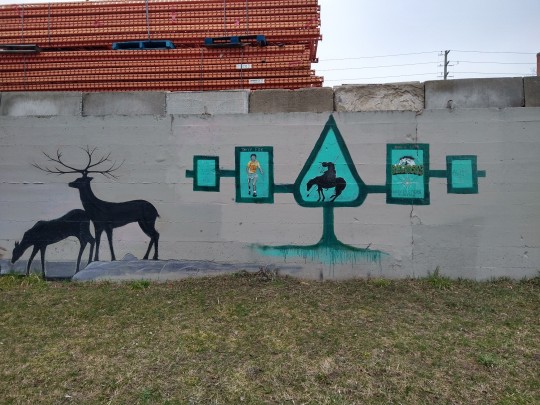
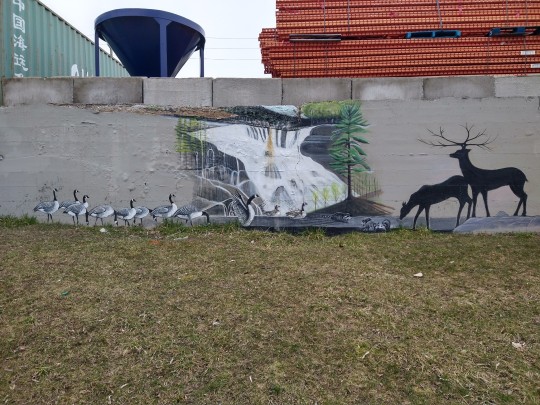
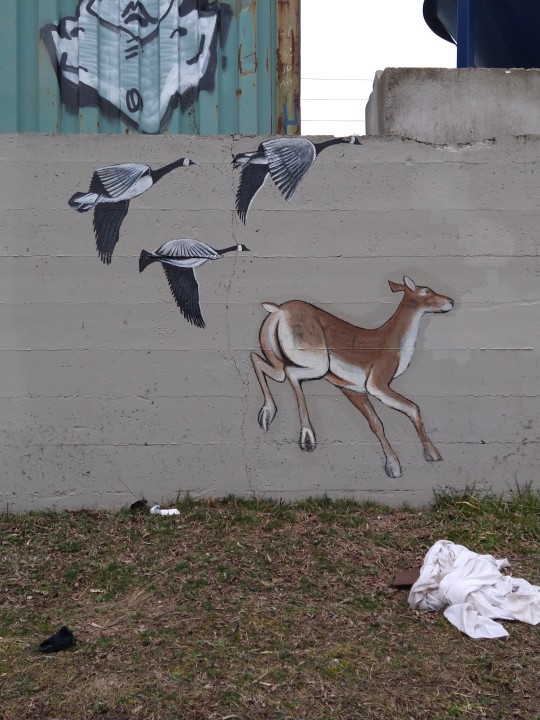


Some cool murals I saw down by the river today!
30 notes
·
View notes